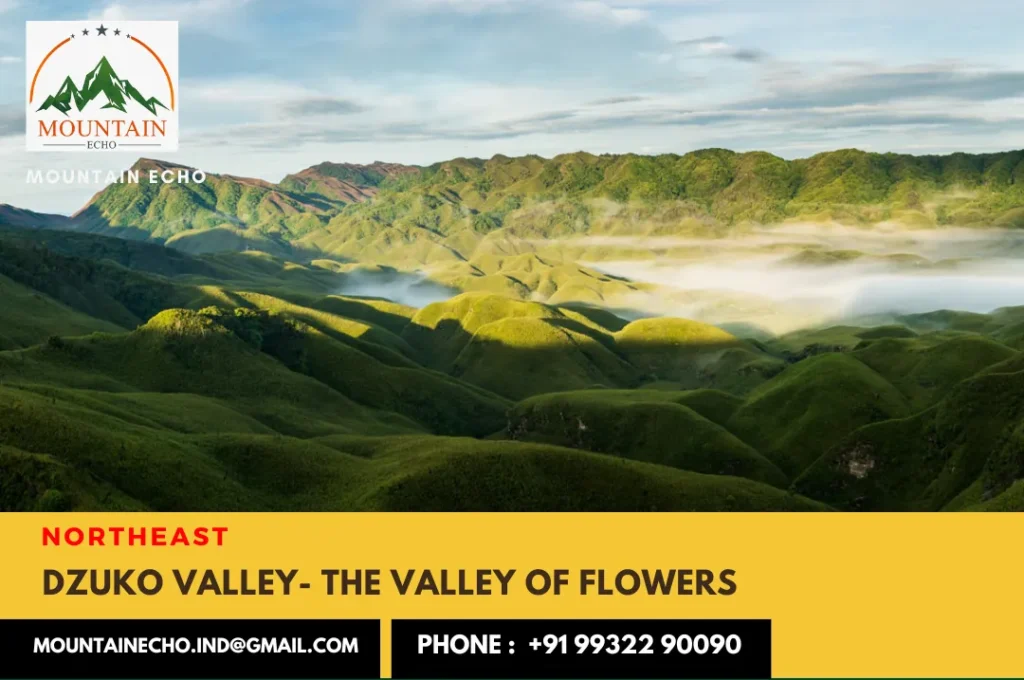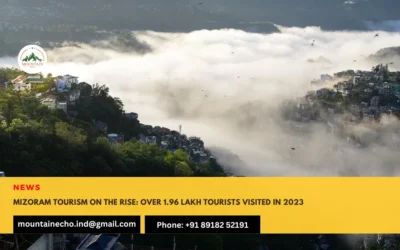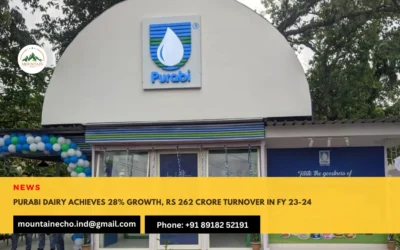Dzuko Valley: Nature’s Paradise
Dzuko, a valley renowned for its vibrant carpets of flowers, particularly the Dzuko Lily, a unique species exclusive to this valley. It is situated in the border region of two northeastern Indian states, Nagaland and Manipur. Dzuko Valley is located at an elevation of 2452 meters above sea level, behind the majestic Japfu mountain range.
The Dzuko valley is like a paradise on Earth. It’s known for its stunning beauty. In spring, colorful wildflowers cover the valley, making it look like a beautiful carpet. It’s a great place for trekkers because it’s up in the mountains and has amazing views. People from different tribes live there, adding their unique culture to the valley’s charm. The valley is also home to many different plants and animals. There are calm and cold lakes in the valley and the scenery changes with the seasons. Dzuko Valley is a truly amazing place that anyone visiting will never forget.
When to visit
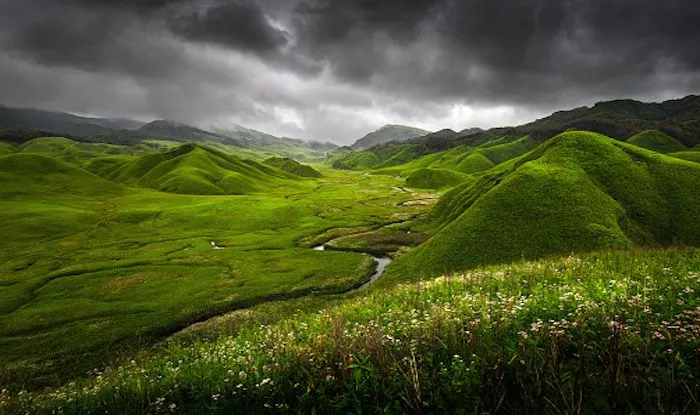
One can visit the Dzuko valley throughout the year. But the best time is probably between May to mid-June and September to October. It is because the flower starts to bloom in summer season and they are at the peak of their bloom during the first two weeks of monsoon season.
How to visit
One can reach the Dzuko valley either from jakhama or viswema town located in Nagaland. The nearest airport and rail station both are located in Dimapur, Nagaland. Upon arriving Dimapur one can hire a taxi to Kohima and can travel from there in another taxi towards Jakhama or Viswema. Jakhama is around 20 kilometers and Viswema around 25 kilometers away from Kohima.
From Jakhama there is a motorable road of about 4 kilometers. From there one has to trek around 4-5 hours to reach the valley. Viswema has around 8 kilometers motorable road and one has to trek only around 3 hours to step up in the valley. Taxies are available readily and one can hire them from highway to the end of the motorable road.
Journey

It involves a long hike of three hours or more to reach the mountain’s summit, and the journey up the misty mountain is captivating and breathtaking. Along the way, there are several wooden sheds with tin roofs at about every three to four kilometers apart. One can take a break or even spend the night in the sheds. It is also important to have a good quality raincoat or umbrella because the weather here is quite unpredictable. One should carry warm cloths as the valley remains cold throughout the year. The routes sometimes can be steep and narrow, so one has to be careful while trekking. Moreover, in monsoon season one should be careful of leeches as they are found in plenty of amount. Despite its challenging terrain and limited facilities, this place maintains its charm with its untouched, raw natural beauty. It’s actually one of the most popular trekking destinations in the northeast region, including the Japfu Peak, which offers a panoramic view of the Dzukou Valley.
Things to do
The Dzuko valley provides a breathtaking view, making it a sanctuary for photographers. Sunrise and sunset constitute exceptional photographic opportunities within this valley. One can get involved in bird watching as the valley is home to many species of birds. Additionally, visitors have the chance to immerse themselves in the local culture. Engaging with the area’s local communities, such as the Zeliangrong tribe, one can explore their culture, traditions, and way of life.
Place to Accommodate
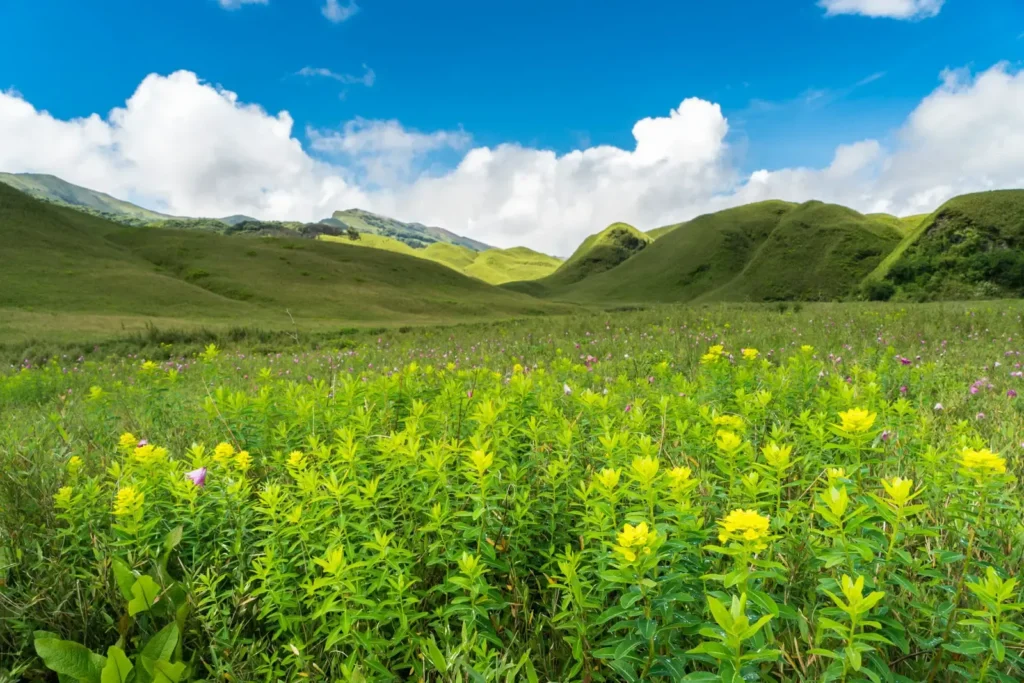
Tourists can bring their own tents, utensils and other goods to the Dzuko valley. The valley has many natural caves and one can stay in them. One can also stay in the guest house of the valley in the private room. This room can cost about 300-500 rupees. Besides this, one can also rent tents to camp in the open area.
The food should be prepared by self but utensils are available on rent. The other option is to buy the food from the guest house. They serve basic foods like rice, dal, potatoes and tea and will be charged 200 rupees per person.
Conclusion
In conclusion, Dzuko Valley is truly a heavenly destination that offers a magical blend of natural beauty, adventure, and cultural richness. It’s a place where visitors can connect with nature in its purest form and be left spellbound by the breathtaking vistas that unfold before their eyes, making it an unforgettable experience for everyone trekking there.
